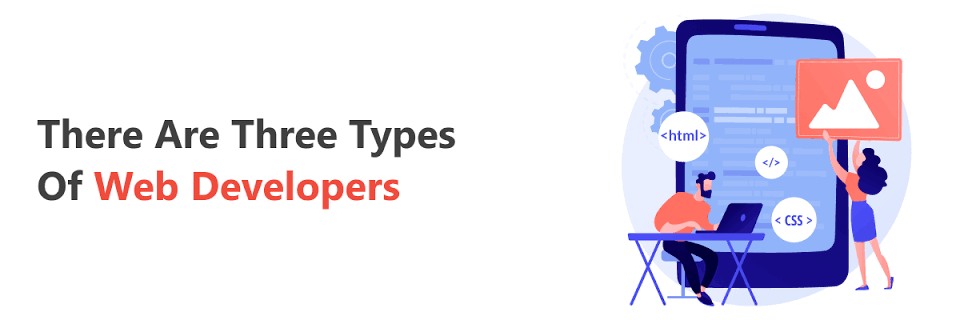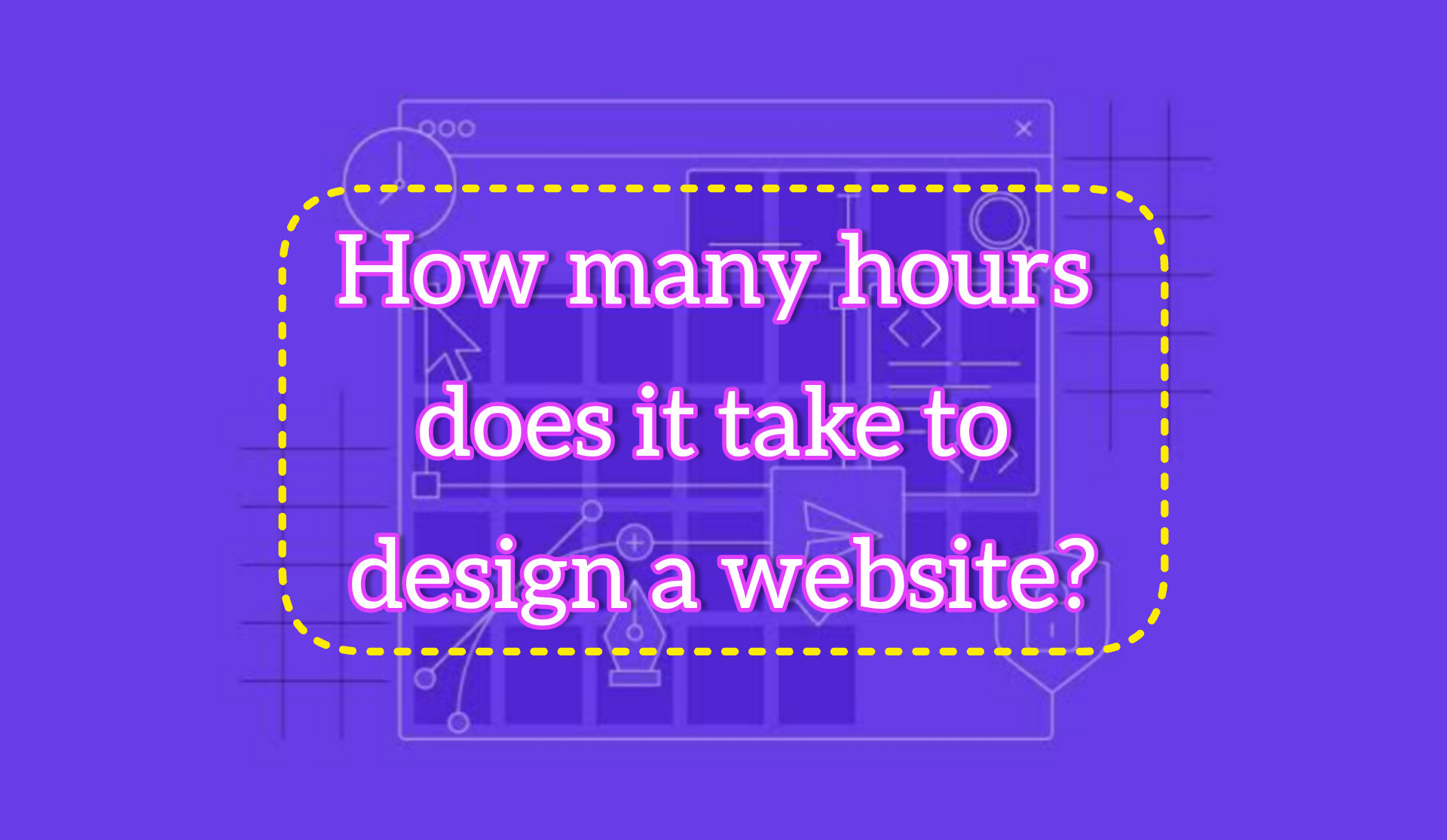
Let’s assume you’re hiring for the role of a web designer, what do you think are the top responsibilities of a web designer?
If you’re a web designer or you aspire to become one, what do you think are your major roles and responsibilities?
I’ll help you out, web designers are the architects behind the design and layout of websites. That’s not all, they balance creativity with technical skills to create effective digital experiences.
But then, aside from that, what are the key responsibilities of a web designer? Let’s find out!
What Are the Responsibilities of a Web Designer?
At its core, a web designer’s role is to design websites that are aesthetically pleasing, user-friendly, and functional. However, their job goes beyond merely creating a visually appealing site. A web designer must ensure that the website aligns with the brand, engages users, and offers an intuitive experience.
Now, understanding the duties of a web designer gives you insights into what it takes to build or hire someone to build a high-quality website. This information is invaluable whether you’re a business owner, an aspiring web designer, or even a professional web designer.
Top 5 Responsibilities of a Web Designer
Creating Visual Design Layouts
One of the primary responsibilities of a web designer is to create the visual layout of a website. This involves choosing colour schemes, typography, and imagery that align with the brand’s identity. Also, web designers use various tools like Adobe Photoshop, Illustrator, or Figma to create mockups. These mockups showcase how the website will look before it goes live.
Furthermore, the visual design layout is crucial because first impressions matter. Therefore, a well-designed website captures the visitor’s attention within seconds and encourages them to stay and explore more. Finally, web designers must have an eye for detail, ensuring that every element on the page looks professional and cohesive.
Ensuring Responsive Design
Another critical responsibility is ensuring that the website is responsive, meaning it should look and function properly across all devices. Now, with a growing number of users accessing websites via smartphones, responsive design is no longer optional but a necessity.
Therefore, web designers must ensure that every element of the website—text, images, and buttons function correctly. This creates an excellent and satisfactory user experience regardless of screen size. They achieve this through fluid grids and flexible images, which automatically adjust to fit the screen’s dimensions.

User Experience (UX) Design
A significant part of the responsibilities of a web designer involves crafting the user experience (UX). This means that web designers don’t just focus on how a website looks; they also ensure that the website is easy to navigate and that users can find what they need quickly.
So, good UX design involves logically organizing content, designing intuitive navigation menus, and minimizing clutter. A Web designer must put themselves in the user’s shoes to ensure that the website is user-friendly, functional, and engaging.
Collaborating with Developers
Web designers don’t work in isolation. Another vital responsibility of a web designer is collaborating with web developers. While the designer focuses on the look and feel of the website, the developer handles the coding to bring that design to life.
Therefore, effective communication between web designers and developers is essential. So, the designer must provide the developer with design specifications, such as wireframes or mockups. This is to ensure the final product matches the original design vision. Besides, this collaboration ensures that the website is both visually appealing and technically sound.
Maintaining Website Updates
Once the website is live, a web designer’s job is far from over. One of the ongoing responsibilities of a web designer is maintaining and updating the website. This includes making design tweaks, adding new content, or addressing any issues with the layout or functionality.
Generally, websites need constant attention to remain relevant and functional. It could be updating the design to match new branding or optimizing the site for faster loading speeds. Understand that web designers play an important role in ensuring the website continues to perform well over time.
Conclusion
In summary, the responsibilities of a web designer extend beyond just making a website look good. So, if you’re looking to hire a web designer or become one, understand these key responsibilities. This is because these responsibilities makes all the difference in building a successful online presence.
Remember that when these responsibilities are fulfilled effectively, they result in a functional website. Besides, with these responsibilities, your website not only looks attractive but also functions seamlessly and meets the needs of its users.














